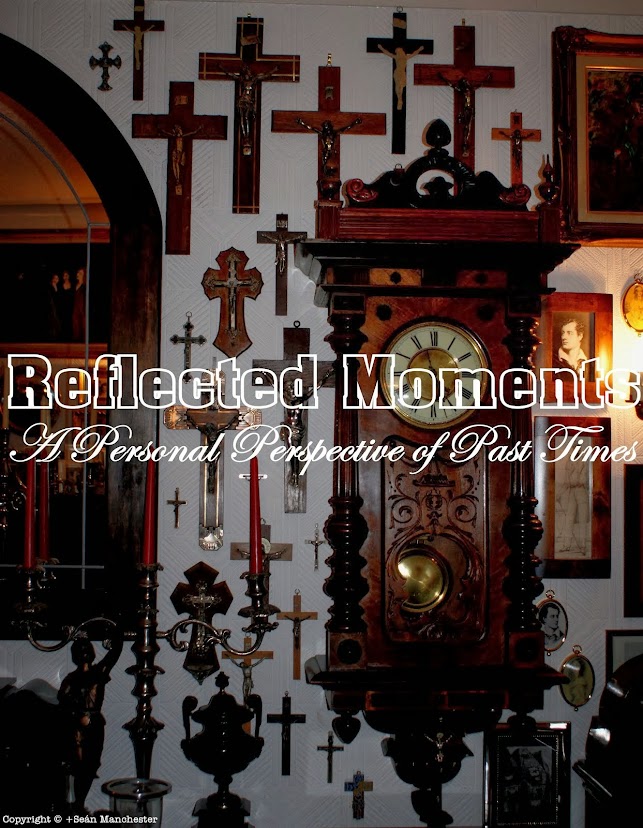"He passes to be King among the dead,
And after healing of his grievous wound
He comes again; but — if he come no more —
O me, be yon dark Queens in yon black boat,
Who shriek'd and wail'd, the three whereat we gazed
On that high day, when, clothed with living light,
They stood before his throne in silence, friends
Of Arthur, who should help him at his need?"
King Arthur and the Knights of the Round Table — as a result of the many medieval writers who contributed to the body of work revolving around Arthur, the phrase conjures up images of knights and ladies, tournaments and quests — romantic, courtly tales reflecting the ideals of chivalry. This is the legacy we have inherited from the fascination of medieval writers with the Matter of Britain.
In the Middle Ages the Matter of Britain, as the tales concerning Arthur and his knights were called, was one of the main sources for epic romance in verse. From the early French works of Marie de France and Chrétien de Troyes in the twelfth century, to the German from Gottfried von Straßburg and Wolfram von Eschenbach in the thirteenth, through numerous re-tellings in every major language of Europe, the legends were revised and expanded for centuries, leaving so much material to inspire generation after generation.
The work that became the authoritative model for Arthurian literature in English, Thomas Malory's Le Morte Darthur, was not completed until 1470 and is largely a compilation of the tales that were most popular in the fifteenth century. But long before Malory, writers were more concerned with providing an even better version or versions than other writers who had preceded them than they were with telling the story of a figure considered by most at the time to be historical. They derived their narrative authority from the fact that Arthur was a King of Britain who lived in the fifth to sixth century. No contemporary account names him, but there are tantalising references to figures associated with Arthur in the legends. In the diatribe written by St Gildas in the first half of the sixth century, De Excidio Britanniae (Concerning the Ruin of Britain), he mentions the leader of the Britons who fought back the Saxons, Ambrosius Aurelianus, as well as a contemporary leader ruling in Dumnonia, Constantine. In the Arthurian legends, Ambrosius Aurelianus is often portrayed as Arthur's uncle, and Arthur is succeeded by Constantine, son of Cador of Dumnonia. There is also a standing stone from the fifth or sixth century north of Fowey in Cornwall which commemorates "Drustanus, son of Cunomorus" in Latin—Drustanus being the Latin version of Tristan, one of Arthur's knights in many of the medieval legends. Celliwig in Welsh tradtion, Caerleon in Geoffrey of Monmouth's History of the Kings of Britain, and finally (and most importantly for the development of the legend) Camelot in the works of Chrétien de Troyes. It is interesting to note that "Camelot" has a distinct etymological resemblance to the former Roman capital of "Camulodunum" (Colchester), but by the end of the fifth century and the beginning of the sixth, this area of Britain was largely under Saxon control. Tantalising as the similarity is, whether the name "Camelot" was an attempt by Chrétien to recall the early days of Roman Britain, was based on knowledge now lost, or was coincidence cannot now be determined.
Who King Arthur was will probably never be established for sure, but his legend in all its manifestations has taken on a life of its own. Upon opening King Arthur's tomb at Glastonbury was found the internally rhymed hexameter Hic iacet Arthurus, rex quondam, rexque futurus —
"Here lies Arthur, king once, and king to be."
















No comments:
Post a Comment